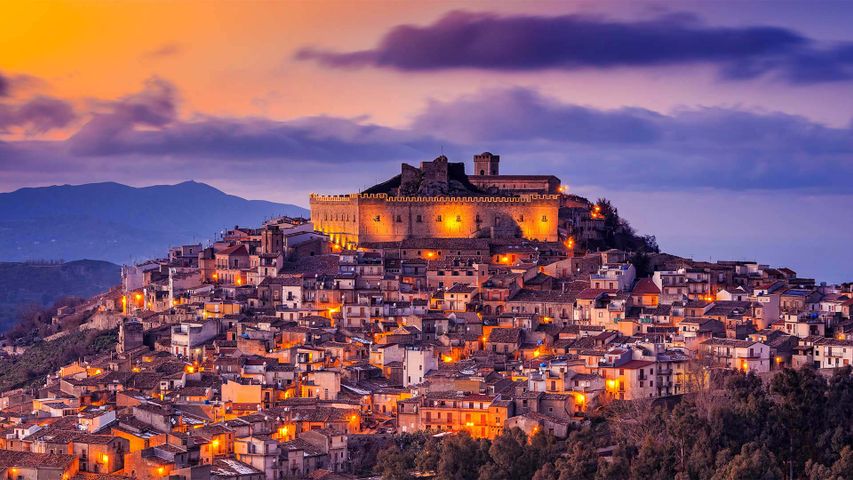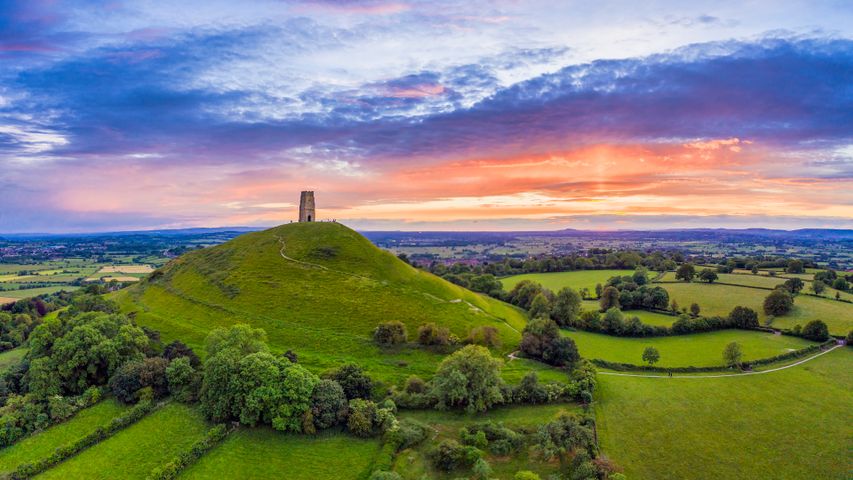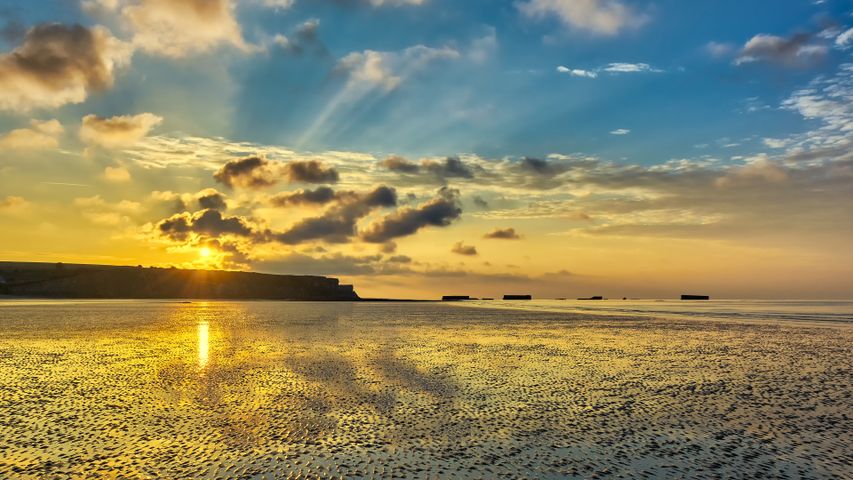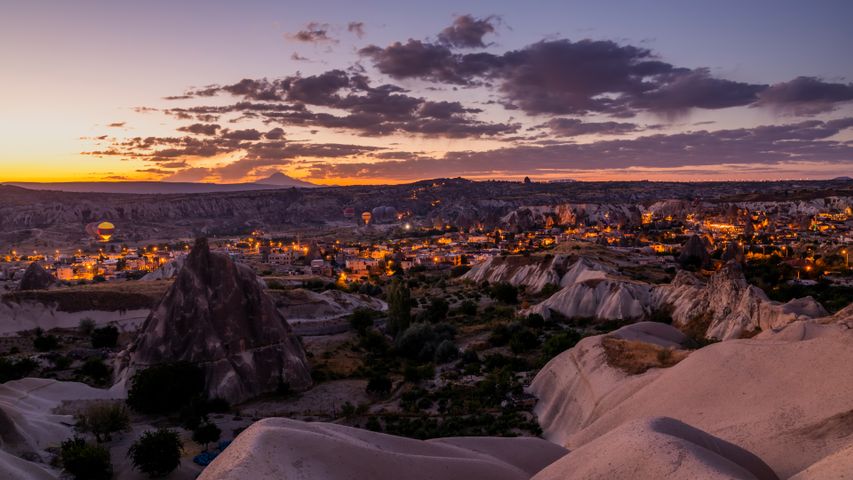Montalbano Elicona, Messina, Sicily, Italy
© Antonino Bartuccio/SOPA Collection/Offset by Shutterstoc
In Sicily, history is everywhere
Today we're in Montalbano Elicona on the island of Sicily. It's known for the very old castle at the crest of the hill, as well as the quaint medieval village below. It's no wonder that Montalbano Elicona has been called one of the most beautiful towns in all of Italy. The castle itself is believed to have been built in the 13th century by medieval power broker Frederick II of Swabia. He wore many hats, including King of Sicily, Holy Roman Emperor, and—as far-fetched as it sounds—the King of Jerusalem, a title he claimed after conquering that city during the Sixth Crusade. The castle was originally designed as a fortress, but it also served as a summer residence for Frederick and other rulers who followed him.
Surrounding the castle are several other interesting historical sites, including the Church of St. Catherine, known for its Romanesque portal built in the 14th century, its mix of Catalan and renaissance architecture, marble statues of St. Catherine and St. Nicholas Bishop, and a representation of the Last Supper by artist Guido Reni. Also, of note is the nearby Argimusco plateau, where an array of large oblong stones, including one which is said to resemble an eagle, have long prompted speculation that they were placed there by members of a prehistoric island culture. However, scientists now believe that these so-called megaliths of Argimusco, sometimes referred to as the Stonehenge of Sicily, are actually of natural origin, and the unique boulder shapes are simply the result of centuries of wind erosion.
Related Images
Bing Today Images





 St. Michael's Church Tower on Glastonbury Tor, Glastonbury, Somerset, England
St. Michael's Church Tower on Glastonbury Tor, Glastonbury, Somerset, England
 Chisos Mountains, Big Bend National Park, Texas, United States
Chisos Mountains, Big Bend National Park, Texas, United States
 Arromanches-les-Bains in Normandy, France
Arromanches-les-Bains in Normandy, France
 Knuthöjdsmossen nature reserve, Sweden
Knuthöjdsmossen nature reserve, Sweden
 Hot air balloons over Göreme Historical National Park in Cappadocia, Türkiye
Hot air balloons over Göreme Historical National Park in Cappadocia, Türkiye
 Tulips, Netherlands
Tulips, Netherlands
 Lightning and storm clouds at sunset near Bowman, Nebraska, United States
Lightning and storm clouds at sunset near Bowman, Nebraska, United States
 Mount Fuji at sunrise, Lake Kawaguchi, Japan
Mount Fuji at sunrise, Lake Kawaguchi, Japan
